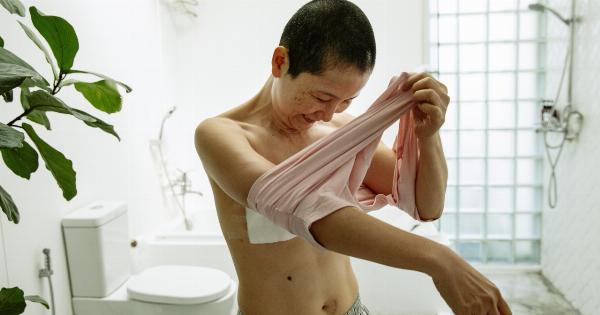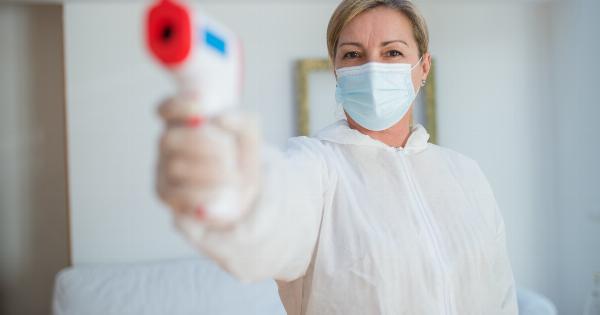Mammography is a widely recognized diagnostic tool for detecting breast cancer. The procedure involves the use of x-ray technology to examine the breast tissue for any abnormalities.
Early detection of breast cancer through mammography has saved countless lives, but the quality of care provided during the procedure and follow-up care is critical.
Negligence in Mammography Procedures
Negligence can occur in a mammography procedure at any stage, from the initial screening to the final diagnosis. Negligence in mammography procedures can result in missed diagnoses, delayed treatment, and even wrongful death.
Negligence can be due to various reasons, such as the technician’s lack of skill or experience, improper use of equipment, failure to communicate with the patient, failure to follow up on suspicious findings, and misinterpretation of the mammograms by the radiologist.
The Negative Effects of Negligence on Women’s Health
The effect of negligence on women’s health is significant and far-reaching. Failure to detect breast cancer at its early stages means that treatment is delayed, and the cancer has a higher chance of spreading.
A missed diagnosis also means that the patient will not receive proper treatment, leading to a more severe form of breast cancer that is more challenging to treat. Negligence in mammography procedures can also lead to unnecessary invasive procedures, such as biopsies, that can harm the patient’s body.
Incorrect diagnosis, delayed treatment, and unnecessary invasive procedures can cause significant emotional and financial stress on the patient. The burden on the family member and caregiver is increased as well.
Negligence in mammography procedures not only affects the patient physically but also emotionally and financially.
Steps to Prevent Negligence and Improve Women’s Health
Preventing negligence in mammography procedures begins with ensuring that the women receive the highest quality of care from competent and compassionate professionals.
Women who are undergoing mammography must understand their diagnosis and treatment plan fully. Communication between the patient and healthcare provider is critical.
Continuous education and training for healthcare professionals who perform mammography procedures can help prevent negligence. The government should also take into account the safety concerns that have arisen from mammography procedures.
Safety standards should be put in place to ensure that healthcare facilities are following proper safety protocols. Lawsuits against medical facilities that provide negligent care can also help prevent negligence in the future.
The Importance of Patient Advocacy
Patients must advocate for themselves and their health when undergoing mammography procedures. Patients should be informed about their diagnosis and treatment plan, and communicate any concerns or questions they may have.
Patients should also review the reports and images to ensure accurate representation and bring any suspicions to the healthcare provider’s attention. Patients should feel empowered to seek a second opinion if they are suspicious of their healthcare provider’s diagnosis.
Conclusion
In conclusion, mammography procedures are an essential tool for detecting breast cancer. However, negligence in mammography procedures can have significant and far-reaching consequences for women’s health.
Taking steps to prevent negligence and advocating for oneself can help improve the quality of care that patients receive.


























